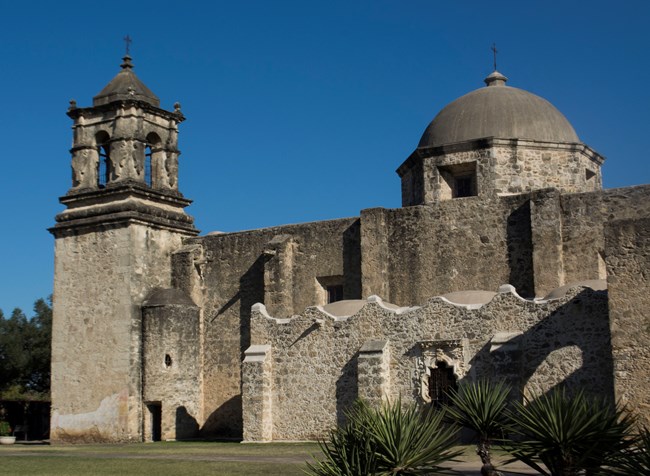
NPS Photo. About the MissionFounded in 1720, the mission was named for Saint Joseph and the Marqués de San Miguel de Aguayo, the governor of the Province of Coahuila and Texas at the time. It was built on the banks of the San Antonio River a few miles to the south of the earlier mission, Mission San Antonio de Valero (the Alamo). 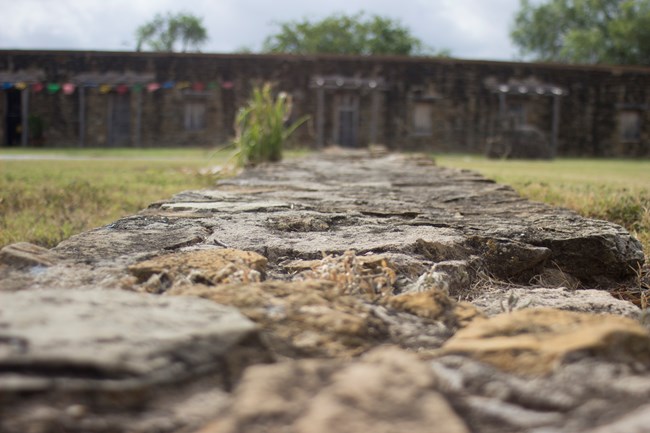
NPS Photo.
San José, as it became known, was the largest of the missions in the area. At its height, the community contained about 350 Indian neophytes, sustained by extensive fields and herds of livestock. Viewed as the model among the Texas missions, San José gained a reputation as a major social and cultural center. It became known as the "Queen of the Missions." Its imposing complex of stone walls, bastions, granary, and magnificent church was completed by 1782. So rich an enterprise was a natural target for Apache and Comanche depredations. Although they could not prevent raids on their livestock, the mission itself was almost impregnable. In his journal, Fray Juan Agustín Morfí attested to its defensive character: "It is, in truth, the first mission in America . . . in point of beauty, plan, and strength . . . there is not a presidio along the entire frontier line that can compare with it." The danger was when working the fields or during travel to and from the ranch or other missions. With technical help from the two presidial soldiers garrisoned there, San José residents learned to defend themselves. Already proficient with bow and arrow, the men also learned the use of guns and cannon. 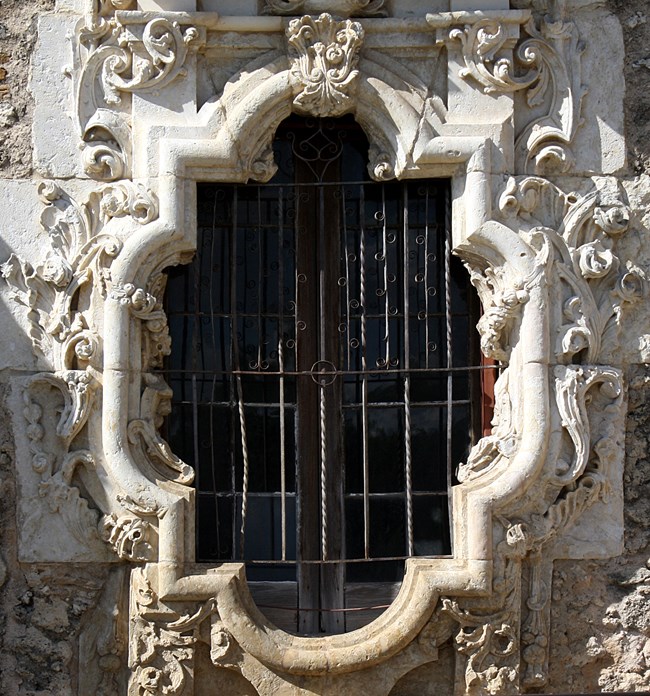
NPS Photo. The Rose WindowLa Ventana de Rosa, the Rose Window, is located on the south wall of the church sacristy. The window has been described as the site where the Host was shown to gathered mission celebrants during the Feast of Pentecost. The window, sculpted ca. 1775, has been the object of both legend and admiration. It is considered one of the finest examples of baroque architecture in North America. The meaning behind the name is currently unknown, but legend has it named for Rosa, the betrothed of Juan Huizar who many believe created the window. 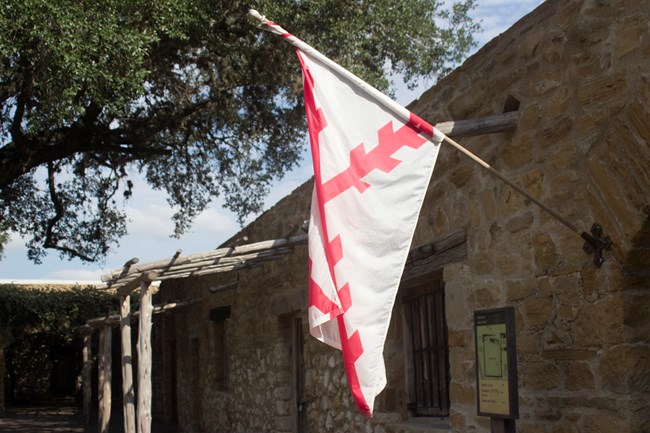
NPS Photo. Site DedicationHaving fallen into disrepair and partial ruin over the years, the San Antonio Conservation Society and the Federal Government among others, undertook to restore portions of the mission community in the 1920s and 1930s. The church, which had lost its dome, bell tower, and a wall, was rededicated in 1937. In 1941, Mission San José was declared a State Historic Site, and later that same year, a National Historic Site. When the San Antonio Missions National Historical Park was established in November 1978, the Spanish colonial mission was assured of protection in cooperation with the Archdiocese of San Antonio and the parish. 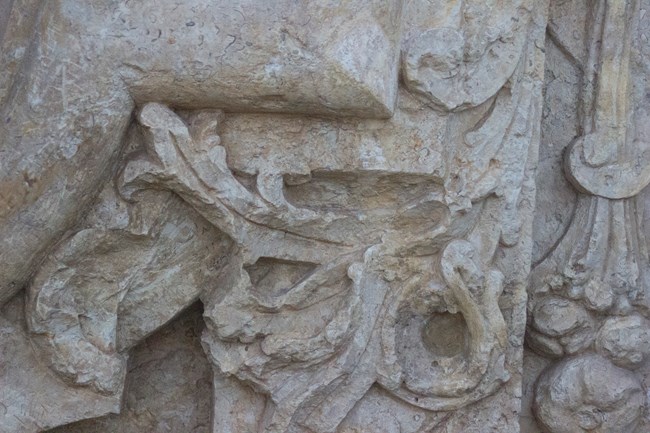
NPS Photo. Reconstruction and PreservationMuch of what is visible today at Mission San José was reconstructed by the Works Progress Administration in the 1930s. The Archdiocese of San Antonio and San Jose parish are responsible for any maintenance and preservation work needed on the church structure itself. About 80% of the church is original. The National Park Service, with help from taxpayers and the park's official friends group, Mission Heritage Partners, is responsible for the extant structures and historical landscape. With few exceptions, the protective walls with the Indian Quarters built into them were reconstructed in the 1930s above the original foundations. The stone used was not limestone like the originals would have been. The Grape Arbor trellis was meant to enhance the Spanish Quarters located next to it. |
Last updated: June 18, 2018
